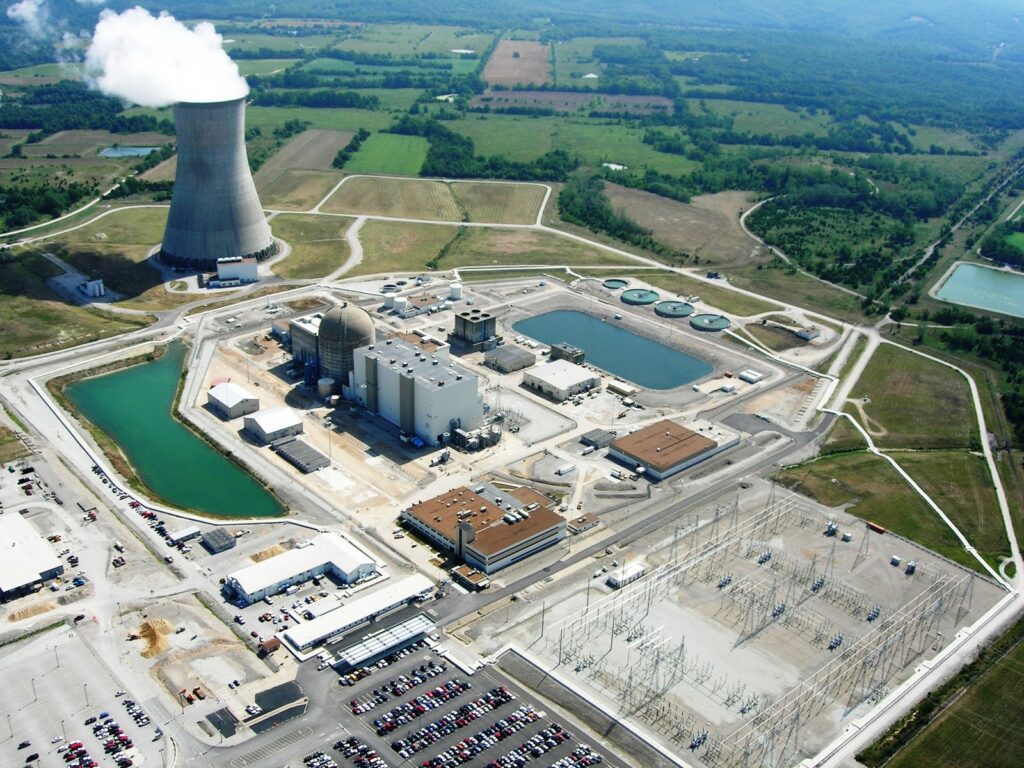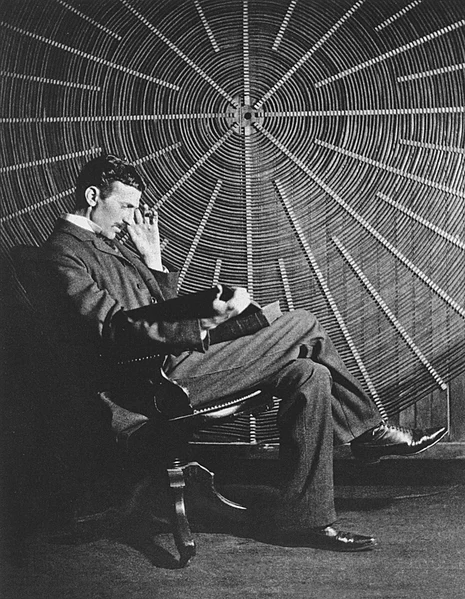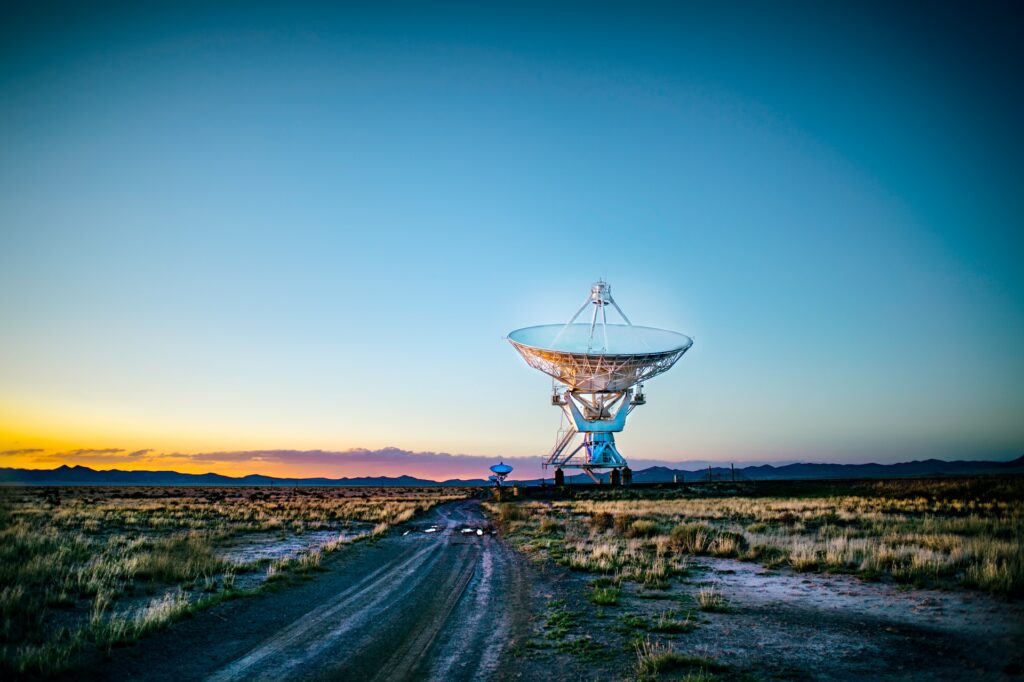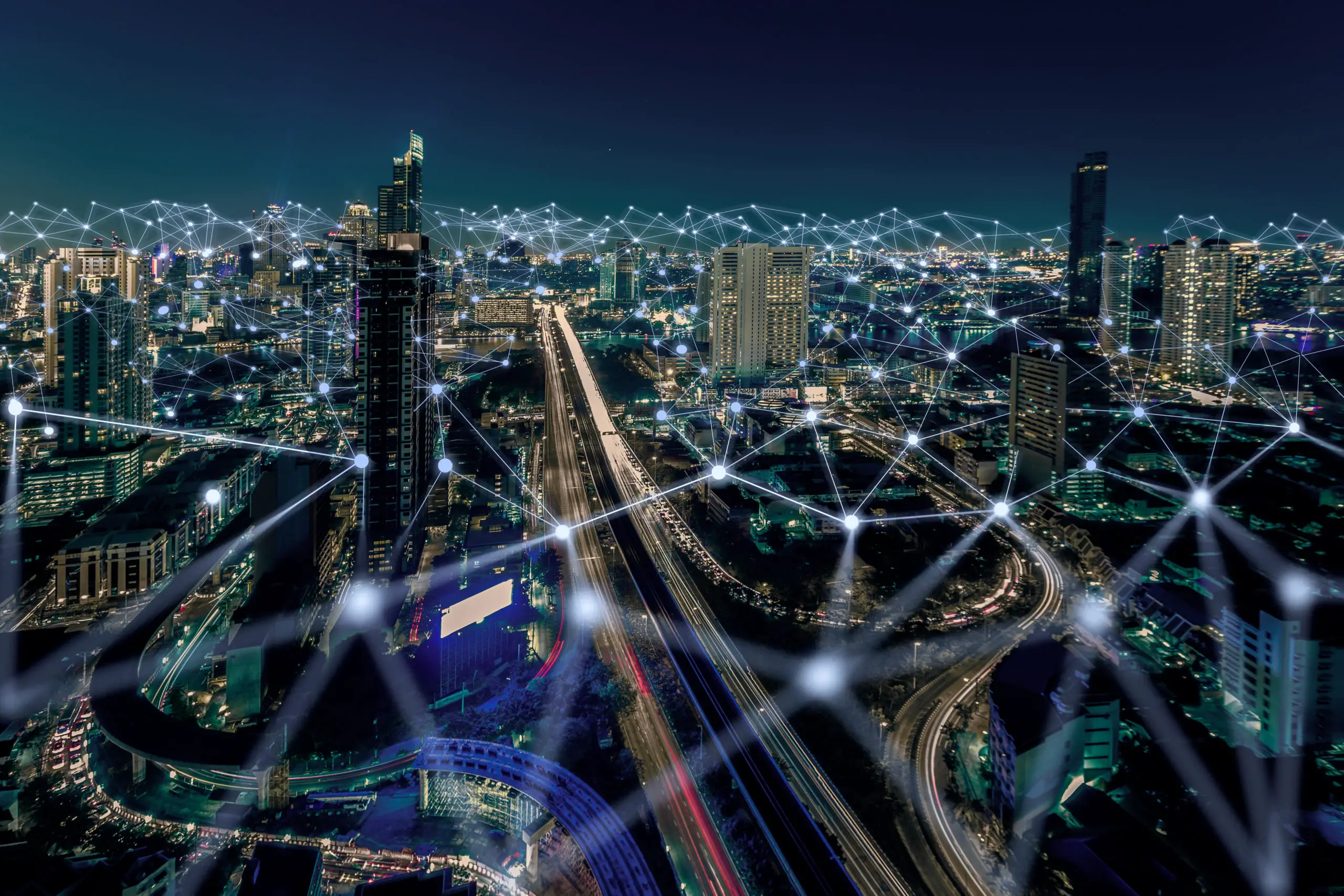Electricity has nearly changed our lives to the point that we cannot imagine life without this “once-considered luxury.” We live on electricity, flourish on electricity, and do everything that has to do with electricity in some way. We’ve used electricity in all our daily activities, from amusing ourselves to pouring ourselves a cup of coffee, from getting our official job done to resting with fresh air.
Of course, we can go back in time and start completing our everyday duties without the use of electricity. Still, electricity has made our lives so much easier that we can’t bring ourselves back to the old methods.
Electrical applications have grown enormously with the advancement of technology, and things have only improved on this front. There is no longer a need for plugged-in gadgets to carry out our everyday activities since we now have something that redefines the entire concept of energy – Wireless Electricity!

Wireless Power can bring substantial breakthroughs in sectors and applications that rely on physical, touching connections, which can be unstable and prone to failure in the modern world.
Wireless power originated in the mind of an MIT professor who wished to deliver electricity over a long distance without using any connected connections. This prompted the think tanks to devote their efforts to this area, so we got to know the formidable Wireless Power.
History of Wireless Electricity Transfer
Inductive power was first proposed in 1888 when German physicist Heinrich Hertz demonstrated the existence of electromagnetic waves by building a spark gap transmitter and receiver. A spark produced by the transmitter also produced a tiny spark in the receiver, which was visible under a microscope.
The Wireless Power Transfer demonstration was initially performed by Nikola Tesla in the 1890s. However, it was only in the last decade that technology was controlled to the point that it could provide actual, tangible benefits to real-world applications.

By the following year, Serbian-American scientist and engineer Nikola Tesla had learned of Hertz’s findings and began replicating his tests.
Tesla had built a high-tension induction coil by 1891, which he used to demonstrate wireless energy transfer. He successfully presented his approach to the American Institute of Electrical Engineers and the National Electric Light Association.

In his New York laboratory by 1894, Tesla had built a device to power wirelessly incandescent bulbs. A resonant inductive coupling was employed in this procedure, which requires adjusting two neighboring coils to resonate at the same frequency.
By 1896, he had extended the transmission range to 30 miles (48 km). In 1901, Tesla began building his Wardenclyffe Tower, which was intended for wireless transmission and power generation. After repeated building delays and technical obstacles, the project finally ran out of funding and was dismantled a few years later. For the next 50 years, no notable breakthroughs were achieved.

RFID tag tests began in the early 1970s, and by the early 2000s, Professor She Yuen (Ron) Hui and S.C. Tang had created a charger to offer resonant power transmission for tiny devices. Wireless power is being utilized for various applications ranging from industrial motors to charging smartphones and tablets.
Nikola Tesla May have died in 1943, leaving his goal of wireless electricity incomplete, but a number of tests and research over the last century show that the great inventor was on the correct track in his method of using the ground instead of cables as a medium for delivering wireless power.
Various wireless power transmission systems are being developed today, and research is being conducted to utilize these on a broad scale:
Solar satellite transmission:
This potential approach employs solar power satellites in high earth orbit. The satellite would turn sunlight into energy, which would be made out of microwaves. These microwave signals would subsequently be delivered to a ground antenna or a power grid station.

The signals would then be sent to a base grid station, transforming the microwaves into direct current power. The power would also be transformed at the grid station into energy packets, similar to internet data packets, which would be sent to individual residences and stored in an energy receiver.
Caltech recently announced that board member Donald Bren, who owns the real estate investment business Irvine Company, will contribute $100 million to the Space Solar Power Project (SSPP). This ambitious project intends to build a satellite and microwave-based wireless energy network capable of supplying power everywhere on the planet on a continuous basis.
Microwave power transmission:
Microwave radiation is converted into DC electric power using a microwave receiver and a DC rectifier in this manner. The maximum efficiency attained using microwave power transmission was 84%, achieved by a team in Japan in 1975. However, systems with larger power output have had lower efficiencies. The next objective would be to accomplish high-efficiency long-distance energy transmission.

High-energy microwave radiation can operate as an effective wireless source of electricity for launching rockets into space, according to research released in August 2021 at the University of Tsukuba in Japan. When a rocket is launched into orbit, fuel accounts for around 90% of its weight; however, this load may be reduced by utilizing this microwave-based wireless energy technology.
Laser transmission:
Solid-state laser diodes, such as those used in fiber optic and free-space laser communication, have been proven to be the most efficient DC-to-laser converters. A photovoltaic receiver may receive laser beams and create electricity from laser transmission. The advantage of laser-based power transfer is that laser beams are easier to manage for long-distance wireless electrical transmission.
Wireless energy is no longer a pipe dream in New Zealand.
Emrod, an energy firm, will test a wireless energy infrastructure prototype in New Zealand shortly. If the test is successful, it will significantly boost the New Zealand government’s aspirations to install wireless energy transmission throughout the country.
Emrod has created a one-of-a-kind tele-energy technology that uses a wireless network of antennas and rectennas (rectifying antennas) to transport energy through long-distance electromagnetic waves from one location to another. Initially, electricity is sent through antennas as a non-ionizing beam at a frequency equal to radio waves.
According to the company, a “low power laser safety curtain guarantees that the transmission beam quickly shuts down before any transitory item (such as a bird or helicopter) can reach the main beam, guaranteeing it never touches anything except clean air.”
Emrod believes that this technology is well-suited to the hilly topography of New Zealand and can survive the region’s fluctuating weather conditions. The rectenna-based wireless electricity transfer technology is also seen as a benefit in locations where traditional power networks cannot be established owing to budgetary or geographical constraints.

While the New Zealand government supports the initiative, Emrod CEO Greg Kushnir believes that people will be skeptical of wireless electricity in the same way that they are of 5G technology. He feels that the real issue of this endeavor is convincing people that Emrod’s wireless power does not emit dangerous radiation.
Emrod also maintains an office in Boston, and the company’s next wireless power project might take place in the United States.
Benefits of Using Wireless Power/Electricity
The most visible applications of resonant wireless power technology have been in the Consumer Electronics industry, where wireless charging promises to bring new levels of convenience for a number of millions of everyday products, such as:
• Lowers the costs associated with maintaining direct connectors; • Improves the comfort of charging everyday electronic devices; • Provides safe power transfer to applications that must remain sterile or hermetically sealed; and • Electronics can be fully enclosed, reducing the risk of corrosion due to elements such as oxygen and water.
• Reliable power transfer to mission-critical systems in damp, filthy, and moving environments.

I recommend watching the TedeX video on Wireless Power by recognized Physician Eric Giler, who leads WiTricity, a firm with a product straight out of science fiction: wireless power beaming from a base station to an electrical gadget.
Overall, wireless power has a lot of promise for humanity in the near future. It’s just a matter of time before we fully embrace and capitalize on this opportunity!





